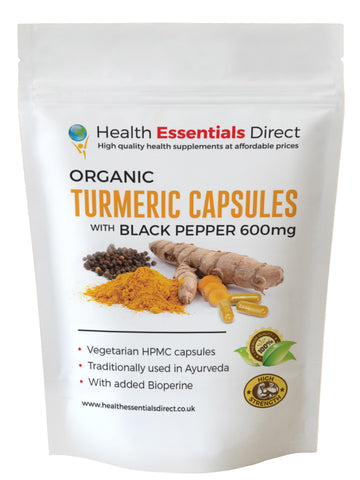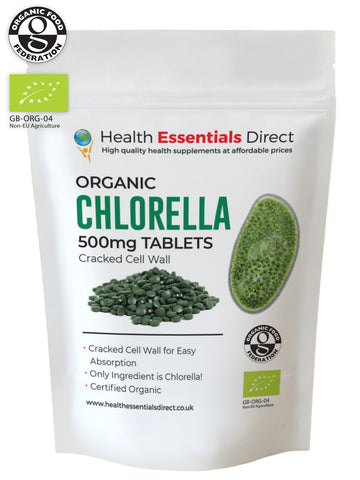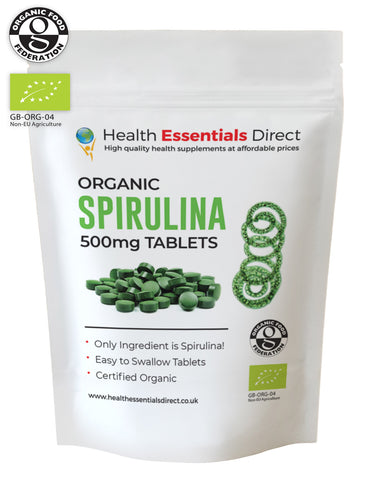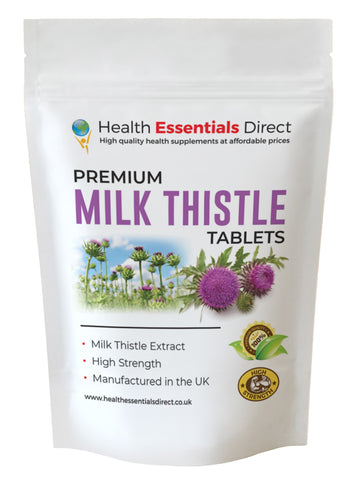Manjistha Capsules 400mg (Rubia Cordifolia)
1Manjistha Capsules 400mg
-
Traditionally Used in Ayurveda
-
100% Manjistha, No Fillers
-
Vegan HPMC Capsules
About Manjistha
Manjistha (Rubia Cordifolia) is a perennial climbing herb that falls under the Rubiaceae or coffee family. The most commonly used names for manjistha include Indian madder, Bengal madder, Runas, or common madder. This herb is native to Southeast Asia, India, and parts of Africa. Manjistha is a flowering herb that can grow to a maximum height of about 150 cm. The leaves are green, elliptical, and are placed around the stem. The leaves may look shiny on the eye but they have a rough texture when felt. The stem is long, centrally placed, and may have hooks along its length. The bark of the manjistha plant is thick with brown to red colour. The plant has tiny flowers that are pale green. The flowers are clustered at the edge of the stems. They start to emerge in June through to August. The flowers produce small shiny berries that are green at the onset but turn to purplish-black once they mature. The tiny hooks on the stems, which may also be found on the leaves, are used to creep up different structures. The roots of Manjistha can grow more than 1m long. They are thick and fairly fibrous.
This plant thrives in grasslands, deciduous forests, semi-evergreen forests, shrub-lands, and places with scrub vegetation. The most suitable soil for the cultivation of manjistha is loamy soil. The soils should be loose and contain adequate aeration and moisture throughout the growing season. The loose soils facilitate the penetration of roots in the soil to obtain nutrients and water. Very dry conditions deter the growth of this plant. Flowering occurs a year after the planting season. Watering is done regularly to maximise the quantity and quality of the harvest. The harvesting is done approximately 3 years from the time of planting. The most important part of the plant is the roots which are dug up and naturally dried under sunlight. They are then ground to obtain manjistha powder. The powder is then either processed into manjistha capsules, tablets, liquor extract, etc.
The use of Manjistha dates back to about 1500 BCE. Manjistha was a highly revered herb in Ayurveda and it has been mentioned in several ancient texts. In Atreya Aranyaka, the respected Hindu sage Charaka states how this herb played a huge role in restoring the body to its best shape. The roots and fruits were dried and powdered then applied on fractures and skin defects such as burns. The roots of the plant were also used in the preparation of wine; the wine was recommended for individuals with urinary complications. Manjistha was also traditionally used to make a red pigment which could be used to dye garments and hair. This made it very popular in Africa, Asia, and parts of Europe. Evidence of its usage as a red dye could be seen when red-dyed pieces of clothing that were more than 4500 years old were recovered in India. Elsewhere, a 3500-year-old dyed belt was obtained in Egypt. The belt was found in a tomb believed to belong to the famous pharaoh Tutankhamun. In Ancient China, Manjistha was the prevalent crop being cultivated for the manufacture of dyeing agents. Some ancient tribes in Africa and Asia used Manjistha as a beauty agent. They applied it on their lips and cheeks to make them red.
- Please note it is against MHRA guidelines for us to talk about any potential health benefits for this supplement however a quick google search on the potential benefits and you may be surprised.
How to use: We suggest taking 1 - 2 capsules daily with water
Share this Product
It solved some of my problems
I really could feel the result!







